The Profitable Art and Science of Vibratrading: Non-Directional Vibrational Trading Methodologies for Consistent Profits
$21.38
| Author(s) | |
|---|---|
| Format |
|
| Pages |
264 |
| Publication Year |
2011 |
Vibratrading transcends conventional grid and scale trading and it frees the directional trader from the shackles of maintaining positive expectancy. Vibratrading’s greatest advantage over conventional methodologies is that it need not be concerned with risk/reward ratios, win/loss ratios, expectancy or optimization. The number of winning or losing trades is of no relevance whatsoever. This obviates the need for any statistical trading edge in order to achieve profitable consistency.
The Profitable Art and Science of Vibratrading is especially suitable for traders looking for another way to trade the markets profitably without the problems of losing money every time a stop loss is hit. No knowledge of technical analysis is required as all entries and exits are objective and require no guessing or price prediction.
Author’s Note:
One of the key aspects of trading (and the most frustrating) is that it’s impossible to predict the future. Since no trader can possess any absolute knowledge as to the future direction of price, one obvious option is to employ a ‘‘Martingale’’ strategy which keeps you increasing your bets until you eventually win. Unfortunately, since we don’t know exactly how long any particular losing streak will last, and since most of us lack unlimited funds, this strategy is destined to fail, resulting in the total loss of our capital.
If we could work out exactly when that streak would end, of course, we would never lose, because we would know well in advance the precise amount of funds required to survive the streak and eventually produce a win, or a gain in capital. Even though the risk to reward ratio may be extremely low, especially on the very last bet, the trader would still come out on top. Imagine if traders could enter the financial markets knowing exactly where the Martingale ‘‘limits’’ reside. Even if the price remains below the traders’ entry level indefinitely, they would have the ability to coast through the losing streak to success.
I have adapted the high-risk and high-investment method of scale-trading to a safer, more powerful and adaptive tool: Vibratrading. Vibratrading is based on generating returns in the market from price oscillations, or vibrations. It is also implemented with reference to the concept of boundedness, which helps the trader or investor understand the type and degree of risk associated with any particular trading technique or mechanism. Trading according to the rules of boundedness is what separates vibratrading from conventional scale trading. Boundedness is all about capital preservation, which includes the strict avoidance of all capital depleting mechanisms like stop losses, long options or initiating net short positions.
More specifically, boundedness is defined as the condition in which the final account equity will be equal to or greater than the initial account equity, should price retest the initial price entry level. For example, a ‘‘vibratrader’’ enters the market at a certain price. After a number of trades, the market returns to the initial price level. If the methodology caused equity to fall below its initial value, then that methodology is said to be unbounded. All trading strategies and mechanisms are categorized as either bounded or unbounded. The vibratrader has a choice to implement either trading mechanism within the vibrational construct, but this must be done with full understanding of the risks involved in choosing an unbounded methodology. These strategies can be used in conjunction with various diversification techniques to accomplish what most traders and investors previously thought impossible.
Contents:
- Challenges to Conventional Trading and Investing
- Understanding the Basics of Order Entry
- The Objectives of Vibratrading
- Controlling Risk in Vibratrading
- The Mechanics of Equity-Based Price Action
- The Mechanics of Securitization and Monetization
- The Principles of Boundedness
- The Mechanics and Dynamics of Vibratrading
- Pyramidal-Based Vibrational Mechanisms
- Diversification in Vibratrading
- Volatility Matching
- Putting It All Together, Finally!
- The Vibrational Vehicles
- Comparison with Other Trading Systems
- Profiting from Non-Vibrational Flatline Price Action
- Summary of Vibratrading
The Profitable Art and Science of Vibratrading: Non-Directional Vibrational Trading Methodologies for Consistent Profits By Mark Andrew Lim pdf
4 reviews for The Profitable Art and Science of Vibratrading: Non-Directional Vibrational Trading Methodologies for Consistent Profits
Clear filtersOnly logged in customers who have purchased this product may leave a review.

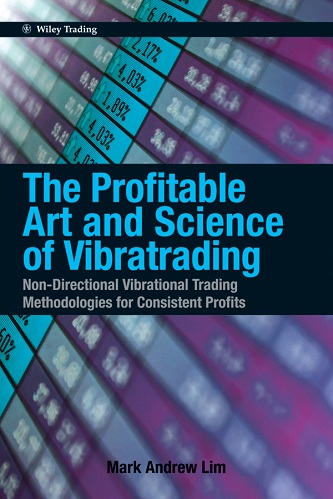
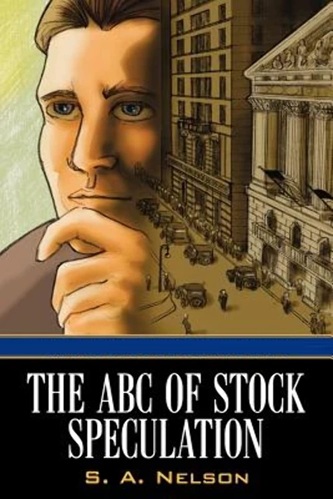

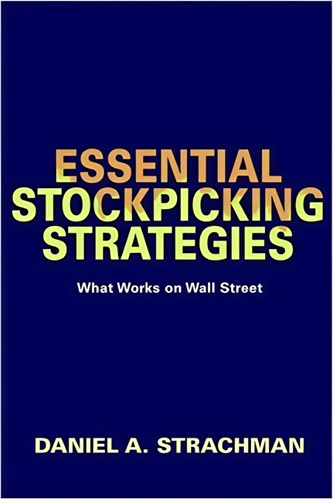
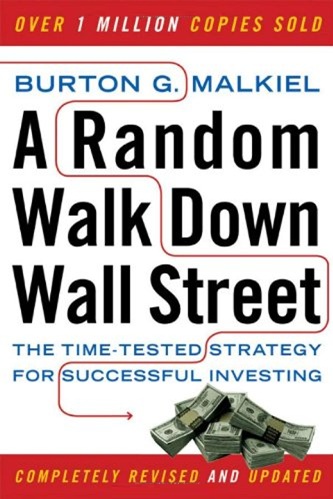
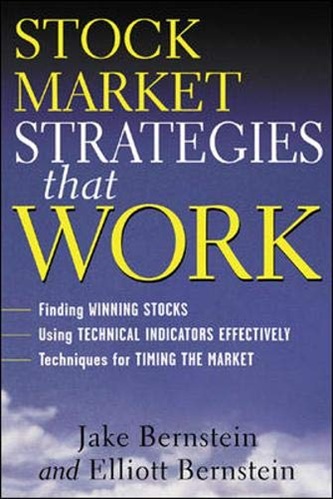


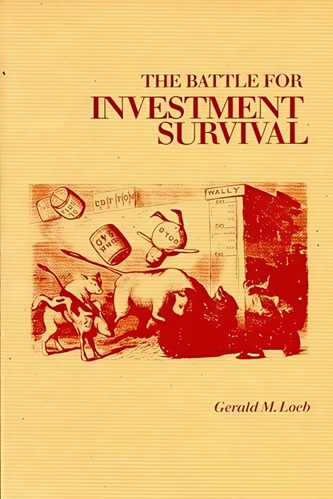
Harold Deleon (verified owner) –
Great book and great insights on a disciplined, structured approach that will take emotions out of trading decision and could over a long period of time and with the right amount of capital produce consistent returns.
Question for the author: How would you feel about applying vibratrading to Forex. Take a high volatility pair f.e. GBP/JPY. Set the zero level on both sides at a point where it is extremely unlikely that the currencies would appreciate/depreciate to. I.e. -80% + 80% of current levels. Setting interval of say 100 pips (which this pair crosses virtually every day). Set Capstone and Apex at current level. Using Microsiso from current levels starting it upward and downward. Trading microlots (1,000 units of currency) instead of full lots you would need total capital of about 40K to cover either a long or short full swings to the “Zero level”. Some sort of profit would be produced almost daily adding up to potential returns of 5-15% per year on total capital and of course much greater on actual working capital. And this could be fully automated with an EA that does it for you. What am I missing other than the virtual risk (yet unlikely) that this pair excahange could explode one side or the other beyond the 80% limit?
Wade McDowell (verified owner) –
I was one of the earliest readers of the book.
And I have been testing the strategies in the book since I read it.
After testing it over the last 4 months, all I can say is that Vibratrading is superb & it truly removes the need to predict the markets altogether. The author has truly included an amazing array of vibrational techniques & strategies, as far as I am concerned.
Though we pay respect to the previous reviewer’s comments, which I truly believe reflects his true conclusions & opinions of Vibratrading, unfortunately the reviewer has also chosen to use an extremely inappropriate example to prove his point. The SPY ETF chosen was of extremely low PLR & BLR values, which are clearly against the expressed wishes and recommendations put forward by the author of the book. Choosing the SPY ETF as an example is the very worst choice possible, as it has one of the very lowest UPLR & BLR imaginable in the markets! The author has very clearly stated that to achieve a higher %return you need to invest in the the most advantageous & highest PLRs available in the market & AVOID the rest!
The first 100 over pages of the book takes the trouble to explain all this clearly.
You cannot implement Vibratrading without first understanding the method. The vibrational construct is just the final expression of what you must already know.
The author has never implied anywhere in the book that you can double or triple the investments over the short term. Vibratrading actually focuses on ‘income’, and not on capital gains per se, though you are not precluded from enjoying it.
The previous reviewer should have communicated with Mr. Mark first, for clarification, rather than prematurely putting out something that totally misrepresents the true objective and nature of Vibratrading. This is regrettable. The method works perfectly for me as I have taken the trouble to find out more about it & really sit myself down to design my vibrational constructs properly & effectively.
The mechanisms are truly amazing once you understand them.
Furthermore, the terms like Microsiso, soft-locking , & range zoning does in fact actually make the explanation clearer & way easier to refer to, once you have mastered it. Also, ‘price swings does not necessarily imply ‘price oscillations’, as they could be just one-off swing points and not repeated events. Oscillations imply some repetition.
New knowledge & techniques sometimes necessitates new terms to better express the ideas & techniques.
MY RETURNS ON THE EWJ ETF
I have decided to share some my back-tested returns that I have managed to get out of the methodology on the EWJ.
Firstly, I chose the EWJ ETF as it satisfies the most basic Vibratrading requirement by having a suitably high PLR & BLR, as explained in the book.
(We DO NOT SELECT ETFs or stocks such as SPY, FXB, GLD, MDY, etc..as they have extremely low PLRs & BLRs. The selection of a Stock or ETF is crucially important in Vibratrading, as with any other methodology).
You must remember that the whole point of vibratrading is to find a way to generate returns in the market without ever needing to top up capital to cover losses! This is the biggest advantage of Vibratrading. The original capital invested will continue working in the market, generating returns indefinitely, maintaining its maximum profit potential at all times.
I initiate the 1st position in the EWJ at $10 on 10/3/2008 & exit on 2/24/2012, at the same price of $10. This means that the vibrational returns were extracted across a flat market.
The performance of a typical Buy & Hold approach will yield NO returns whatsoever over this same period except for some dividends. (Last Annual Dividend %Yield was around 1.95%). We shall use the Buy & Hold as our benchmark for comparison.
Depending on the Vibrational construct and mechanisms chosen, here are some of my back-tested %returns generated from the EWJ over this ‘flat’ period:
STANDARD BUY & HOLD STRATEGY: 0%
VIBRATIONAL RETURNS OVER ENTIRE PERIOD:
(Medium Top Heavy Style, SF = 1, Apex = $10, w/o Options)
%Return based on Actual Working Capital used:
Macrosiso Construct (SF = 1) 28.5%
Non-Exit Macrosiso (SF = 1) 17.6%
Standard Microsiso (SF = 1) 29.4%
Dualsized Microsiso (SF = 1) 23.5%
The Medium Hedge (SF = 1) 18.7%
%Return based on Current Working Capital at $10:
Macrosiso Construct (SF = 1) 87.1%
Non-Exit Macrosiso (SF = 1) 17.6%
Standard Microsiso (SF = 1) 175.0%
Dualsized Microsiso (SF = 1) 47.0%
The Medium Hedge (SF = 1) 18.7%
%Return based on capital to fund all the way down to $zero level:
Macrosiso Construct (SF = 1) 21.4%
Non-Exit Macrosiso (SF = 1) 13.2%
Standard Microsiso (SF = 1) 22.0%
Dualsized Microsiso (SF = 1) 17.6%
The Medium Hedge (SF = 1) 18.7%
As you can see, these returns are way superior to the basic Buy & Hold approach which yielded 0% over the same period!!
I noticed from the author’s website that he may also be releasing a Video Masterclass in Vibratrading in November, which he states will contain some new ‘vibradirectional’ techniques.
I am looking forward to more!
Gabrielle Carrillo (verified owner) –
Sometimes when you’re driving, you see someone who is weaving in and out of traffic. He gets ahead of you sometimes and seems to disappear but you are later not surprised when you pull up next to him at a traffic light. The person driving that car is Mr. Mark Lim.
Mr. Lim seems to have invented a new way to stand still. More accurately he has invented a new way to walk slowly. You can walk slowly by simultaneously taking steps backwards and forward as long as the net steps forward are more, or you can simply do it by just walking slowly.
This book introduces a new trading method that reduces risk, while generating income. So how does it do it? Mr. Lim has come up with an innovated but more or less worthless trading mechanism which I will illustrate the gist of to you in the following example:
Let’s say you initiate a long position in the SPY. You start with say 10 shares at $130. Every time the SPY drops by $2 you buy more shares at an increasing rate. So at $128 you will buy 20 shares and at $126 you will buy 30 and so on. You have to have enough capital to buy shares all the way down to zero. So your capital along with how aggressive you want to be will dictate how many shares you can buy and at what intervals. In this example you can never exit the SPY at a loss. You will simply stay in these positions and keep averaging down as the price drops. If you buy say 10 shares at $130 then you can sell them at $132. The ones you buy at $128 you can sell at $130 and so on.
Basically you are capturing the swings in the SPY while you never exit your long positions at a loss. You cannot use a stop loss as that would eventually deplete your capital. This approach does not attempt to make a directional bet and thus profit from capital appreciation, but it simply attempts to capture swings to generate income.
The concept is presented clearly and gives the impression that you would literally double and triple your money if you use this technique. But there is a very suspicious omission of performance data in this book. Why would Mr. Lim who is an academic and an aspiring professor not give examples of performance for his Vibratrading method?
If I tell you that I have developed a new trading strategy that makes money and reduces risk, what will be the first words out of your mouth to me? You will ask me, well, how much does this method yield? What’s the return on capital? I will then say something BS like “well, it depends on you and it’s different from case to case” you will then recognize that I am BS-ing you and tell me to pick an average case and present these numbers to you.
If I say “but there are so many variations to my method and it depends on the volatility of what you’re trading” You will tell me that I need, at a minimum, to know the range of my performance. What is a low return on capital and what is a high return, and then we can take the middle to get some idea, but I should never, for any reason, get away with not providing this data. If I do, you need to run.
I have done the analysis myself on this ineffective trading method so I can give you an idea. If you invest in the SPY starting from February of 2011 till February of 2012 and capture the swings as we have discussed above at every $2 increments, you would have to have a capital of approximately $1,000,000 (to withstand going to zero) and 80 transactions later you will generate a profit of around $8,500.
That number is assuming your commission is $0! So what is that return on capital. Well, it is a whopping 0.85%!! Now why not just buy a bond and get say 5%?? Even if my calculations are doubled and then tripled that’s still crap! Not to mention that the trading period I picked was ideal for Mr. Lim’s trading method since it was a range bound year.
This book can easily deceive people into thinking that it is the best trading method ever. However, when you gauge the performance you will get the real story. Furthermore Mr. Lim talks like an academic and has a pressing need to complicate very simple concepts.
For example, instead of him telling you to simply sell or buy shares he felt the need to introduce the concept of securitization and monetization. He then explains that when you buy something you are securitizing it and when you sell it you are monetizing it.
He also keeps you waiting for 100 pages before he introduces this glorious trading strategy. There are 100 pages of terms and repetitions along with a marketing effort for all the cool terms that he has invented. Vibratrading, Micrososi, Macrosiro, Vibrahedging, Rangezoning, Short rider, Short scaler, Soft locking…. and more!
The author is a physics degree holder and feels the need to turn trading into thermodynamics 502.
You can even see this when he chooses to use terms like vibrations and oscillations as appose to just saying price swings. He desperately wants at least one of these terms to take off.
I am an engineer and I understand that it is sometimes fun to flex our muscles on business degree holders but this is a bit too much. Nevertheless, I have given this book two stars because it may be useful to a large institution in some way. Traders like me can learn a new approach but the overall benefit is low. Again the returns on capital are crap.
Rayna Sheppard (verified owner) –
I give this book 5 stars because it’s a common sense approach that will make you regular income without risking the bank. It’s not an easy read. The author is a physicist and thinks formulas and acronyms are the only way you can communicate. In my opinion he could have done a much better job explaining things. But still, it’s a common sense break through. To get the most from the book you’ll have to discard much of what the “experts” have taught you over the years and do some of your own thinking. Fact is you CANNOT predict the market with an dependability. The trading accounts of those who think you can are going bust every single day. Lim shows you a common sense approach that won’t make you rich, but it’ll make you a much better return than a CD. And you’ll do it without risking the farm. Read it carefully and over again. I’m sure this book will be poo-pooed by the so-called experts, but it reinforces much of what I’ve learned thru experience over 25 years of trading.